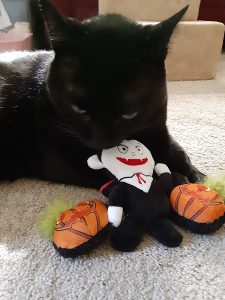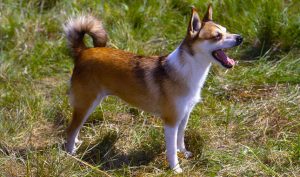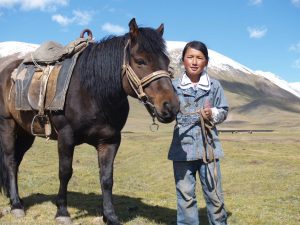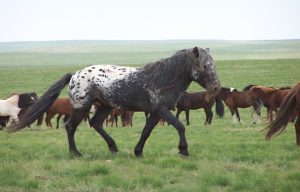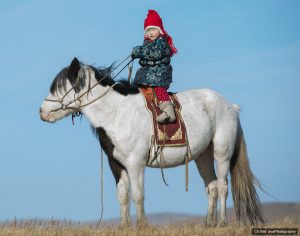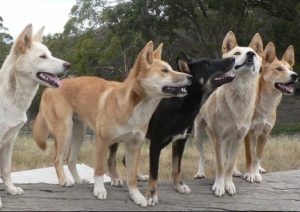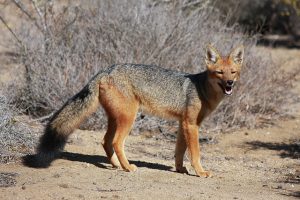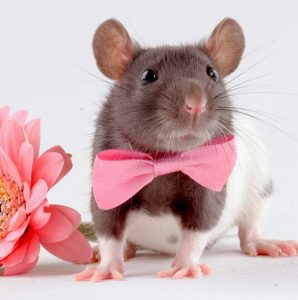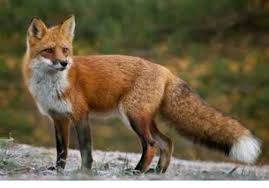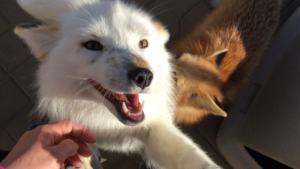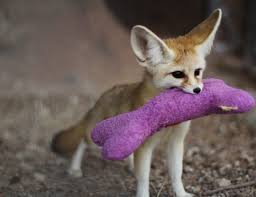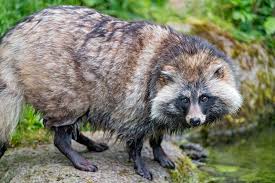Podcast: Play in new window | Download (Duration: 8:29 — 9.5MB)
Thanks to Alyx and Richard from NC for their suggestions this week! Let’s learn about rabbits!
Further reading:
Why your pet rabbit is more docile than its wild relative
The Omiltemi cottontail rabbit, as caught on a camera trap [photo taken from second article linked above]:
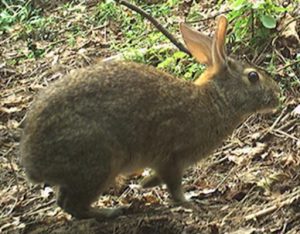
Show transcript:
Welcome to Strange Animals Podcast. I’m your host, Kate Shaw.
This week we’re going to talk about bunnies, and also learn about how a wild animal differs from its domesticated counterpart. Thanks to Alyx for suggesting this excellent topic. Thanks also to Richard from NC who alerted me to a rediscovered rabbit we’ll discuss too.
Thanks for all the well wishes in the last few weeks about my surgery. It went just fine and all I have now is a cool-looking new scar, although I was seriously hoarse for about a week. It’s pretty weather here in East Tennessee and officially it’s spring in the northern hemisphere, so let’s talk about some springtime bunnies!
Collectively rabbits and hares are called leporids after their family, Leporidae. Leporids are famous for hopping instead of walking, and they’re able to do so because their hind legs are longer than their front legs and have specialized ankle joints. Ancestors of leporids developed this ankle as much as 53 million years ago, but their legs were much shorter so they probably ran instead of hopped. Hares have longer legs than rabbits and can run faster as a result, but both rabbits and hares are known for their ability to bound at high speeds. When a rabbit or hare runs, it pushes off from the ground with the tips of its long hind toes, and its toes are connected with webbed skin so they can’t spread apart. If the toes did spread apart, they would be more likely to get injured. Rabbits and hares also don’t have paw pads like dogs and cats do. The bottom of its foot is covered with dense, coarse fur that protects the toes from injury. Its long claws help it get a good purchase on the ground so its feet won’t slip.
Leporids eat plants, including grass, weeds, twigs, and bark. Animals that eat grass and other tough plants have specialized digestive systems so they can extract as many nutrients from the plants as possible. Many animals swallow the plants, digest them for a while, then bring up cuds of plants and water to chew more thoroughly. Rabbits and hares don’t chew their cud in that way, but they do have a system that allows them to twice-digest the plants they eat.
After a leporid eats some plants, the plant pieces go into the stomach, naturally, and then travel into the first part of the large intestine, called the cecum. The cecum separates the softer parts of the plants from the harder, less digestible parts. The hard parts are compressed into hard pellets that the rabbit poops out. But the soft parts of the plants, which are most nutritious, develop into softer pellets. These are called cecotropes, and as soon as the rabbit poops out the cecotropes, it immediately eats them again. This allows the digestive system to get a second round to extract more nutrients from the plants.
Hares aren’t domesticated, but rabbits have probably been domesticated many times in different places over the last several thousand years, first for food and fur, and then as pets. The domesticated rabbit we have today is descended from the European rabbit, also called the cony. If other species of rabbit were ever domesticated, we don’t have record of it. The rabbit has also been introduced into the wild in places it has no business to be, like Australia, where it’s an invasive species. You know where else the European rabbit has been introduced? The British Isles. It’s native to mainland Europe, not England, Scotland, Ireland, Wales, and smaller islands nearby. Historians think the rabbit was introduced to England soon after the year 1066, but it got really common a few hundred years later.
We discussed domestication way back in episode 106, mostly in relation to dogs. An interesting thing happens with domestication. Certain physical traits come along with the behavioral traits of reduced aggression and willingness to treat humans as surrogate parents. In the case of dogs, these often include a puppy-like appearance, including floppy ears, curled tail, smaller adult size, and a rounder head with smaller jaws. White patches of fur start to show up too.
This is true in rabbits as well as dogs. Because humans wanted to breed rabbits that weren’t scared of people, domesticated rabbits are less anxious and aggressive in general than their wild counterparts. When traits like white patches, lop ears, and a more rounded face appeared in the domesticated population, people would keep those rabbits to breed because they’re extra cute, which has led to over three hundred different breeds recognized today by rabbit enthusiasts.
Because domesticated rabbits are calmer and more trusting than wild rabbits, they can’t survive long in the wild. A domesticated rabbit doesn’t know how to escape from predators or avoid cars, and it’s not used to cold weather. If you decide to adopt a bunny, make sure you do research ahead of time to know what to expect, and as with most animals it’s best to adopt two so they won’t be lonely. Rabbits are social animals and need a rabbit friend. There are even pet rescues that specialize in rabbits who need homes.
We talked about giant rabbits in episode 115, and the tiny volcano rabbit in episode 356, so let’s finish this episode with a medium-sized rabbit called the Omiltemi cottontail. Cottontail rabbits are native to the Americas and most have fluffy white fur on the underside of their tails. The Omiltemi cottontail doesn’t have any white fur at all, and is reddish-brown and black in color with some lighter gray on its face. It’s large for a wild rabbit, about 18 inches long, or 45 cm, although it’s actually smaller than other rabbits that live in the area. It lives only in Mexico, specifically in a single part of the Sierra Madre del Sur mountain range, in what is now the Omiltemi Ecological State Park.
It was first described in 1904 and then reportedly wasn’t seen again, although the local people knew all about it. Even though it lives in a protected area, poaching is still a big problem. When an expedition to find the rabbit got underway in 2019, local hunters provided pelts to the scientists when they asked about the rabbit, since they didn’t know they weren’t supposed to kill the local rabbits. They certainly didn’t know they had an incredibly rare species of rabbit living in their back yards.
The team used camera traps, drone surveys, and the knowledge of local people to find and identify the Omiltemi cottontail. It turns out that the rabbit is mostly nocturnal and prefers higher elevations, which made it harder to find. We still don’t know how many there are left, but now that scientists are certain that it’s not extinct, it can be better protected.
You can find Strange Animals Podcast at strangeanimalspodcast.blubrry.net. That’s blueberry without any E’s. If you have questions, comments, or suggestions for future episodes, email us at strangeanimalspodcast@gmail.com. We also have a Patreon at patreon.com/strangeanimalspodcast if you’d like to support us for as little as one dollar a month and get monthly bonus episodes.
Thanks for listening!
